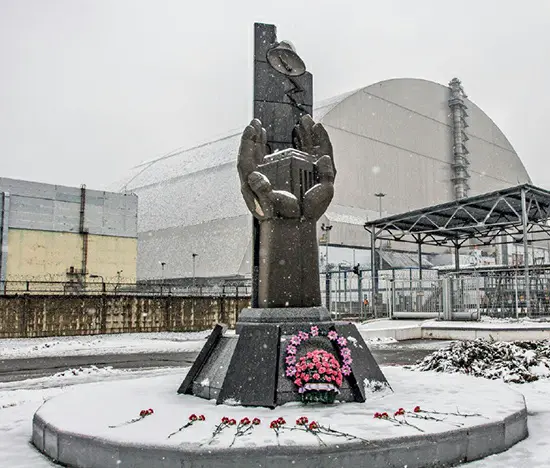The Chernobyl disaster, marking the worst nuclear power accident in history, occurred in April 1986 at the Chernobyl Nuclear Power Plant in the Ukrainian SSR of the Soviet Union. This catastrophic event unfolded during a safety test, where a reactor overheated, leading to an uncontrolled nuclear chain reaction. The resulting steam explosion and fire released massive amounts of radiation into the atmosphere, causing widespread environmental and health impacts.
The disaster prompted the evacuation of over 50,000 residents from surrounding areas, including the complete abandonment of Chernobyl and Pripyat. The immediate aftermath saw the deaths of numerous plant workers and first responders, with thousands more projected cancer fatalities linked to radiation exposure. The 1,000-square-mile exclusion zone around the plant remains a desolate reminder of the disaster’s long-lasting effects.
In response to Chernobyl, the International Atomic Energy Agency (IAEA) introduced the International Nuclear Event Scale, rating nuclear incidents from 0 to 7 based on severity. Chernobyl was classified as a level-7 event, a distinction it held exclusively until the 2011 Fukushima Daiichi nuclear disaster in Japan. The scale helps contextualize nuclear events, with the United States’ Three Mile Island incident in 1979 rated as a level-5.
The Chernobyl disaster underscores the critical need for stringent safety measures in nuclear power generation. While nuclear energy remains a significant global power source, the lessons learned from Chernobyl continue to shape policies and practices in the industry.

